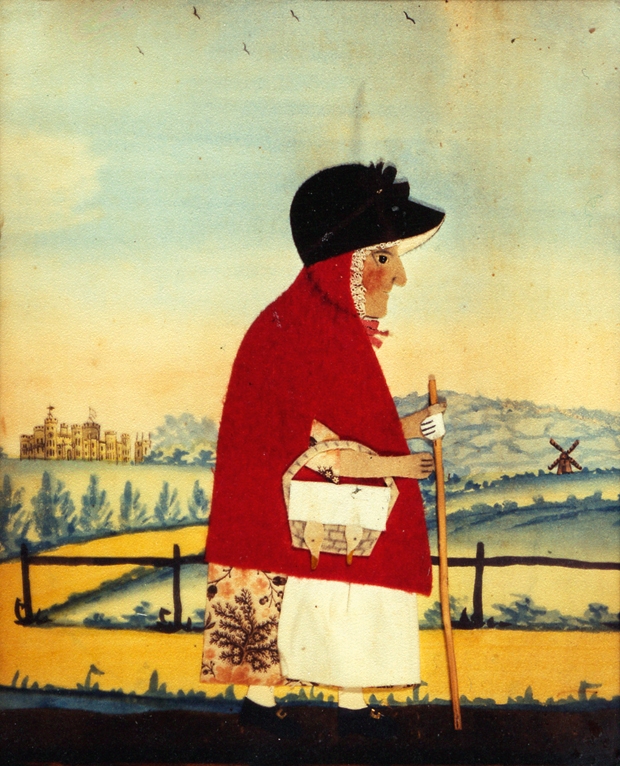British folk art has been shamefully neglected in the land of its origin, as if the popular handiwork of past generations is an embarrassment to our cultural gurus and the kind of supposedly hip commentators who sneer at morris dancing. Last May I reviewed the archive display at the Whitechapel Gallery of Black Eyes and Lemonade, which re-visited the 1951 Whitechapel exhibition of the same name, a survey of vernacular art in Britain curated by the artist Barbara Jones; but that show, more than 60 years ago now, was probably the only specifically folk art exhibition in a major museum or public gallery to take place in recent years.
Certain individuals have tended the folk art flame in the interim, chief among them Andras Kalman (ironic that it should take a Hungarian émigré to recognise the artistic worth of British folk art), who built up a collection that was formerly housed in a small museum in Bath, but has now joined the allied collections of designer Enid Marx and historian Margaret Lambert at Compton Verney in Warwickshire.

Get Britain's best politics newsletters
Register to get The Spectator's insight and opinion straight to your inbox. You can then read two free articles each week.
Already a subscriber? Log in







Comments
Join the debate for just $5 for 3 months
Be part of the conversation with other Spectator readers by getting your first three months for $5.
UNLOCK ACCESS Just $5 for 3 monthsAlready a subscriber? Log in